Audio
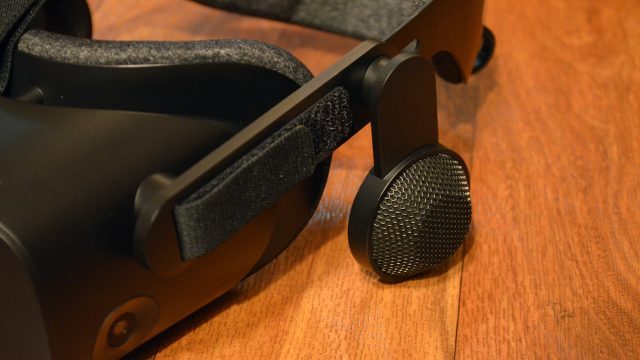
Reverb G2 has adopted the ‘off-ear’ audio approach of Valve Index—and not just the concept, but the exact same drivers. The off-ear headphones are great because they don’t put any pressure on your ears while you play, nor do they get in the way when you put the headset on.
While G2’s speakers feel like they pack the same big punch and wide range as the Index speakers, I did find that certain high frequencies would sound distorted. HP said it expected the G2 headphones to have the very same performance as the Index headphones, so hopefully the distortion can be cleared up by post-launch EQ tweaks from HP.
Controllers
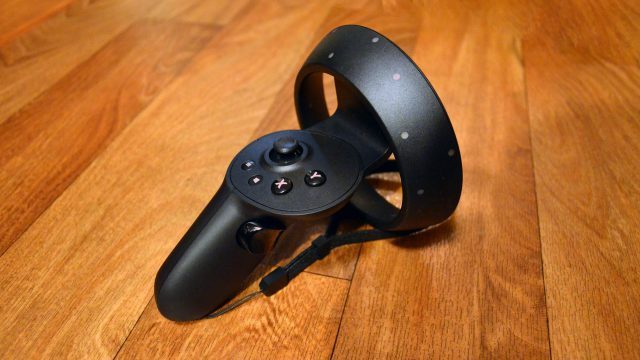
Reverb G2 is the first WMR headset among the bunch to bring new controllers to the table. While not the best feeling VR controllers out there, it’s a welcomed improvement that’s long overdue.
Though they share the same tracking ring as the originals, they are otherwise mostly mimic the Oculus Touch controllers with a thumbstick, two large face buttons, two small menu buttons, an index trigger and a grab trigger.
Compared to the original WMR controllers, they’re not only more ergonomic, they’re also easier in modern VR apps which are often designed around thumbsticks and a ‘continuous hold’ approach for grabbing objects, both of which work better on the new controllers than the old.
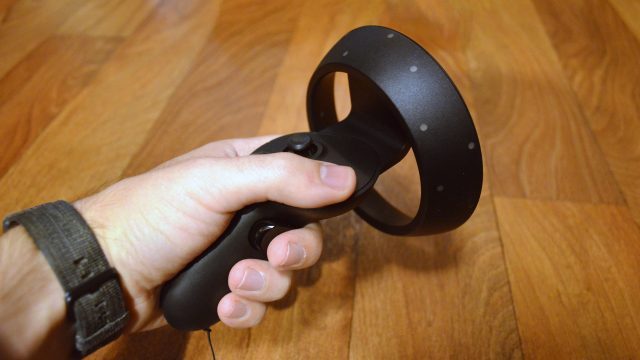
While they don’t fit into my hand quite as nicely as the Touch controllers and don’t feel quite as well built, they’re comfortable enough that I have no explicit ergonomic complaints.
And just as a side-note, the G2 controllers don’t feature any capacitive sensing like what’s available on Index or Touch controllers.
Tracking
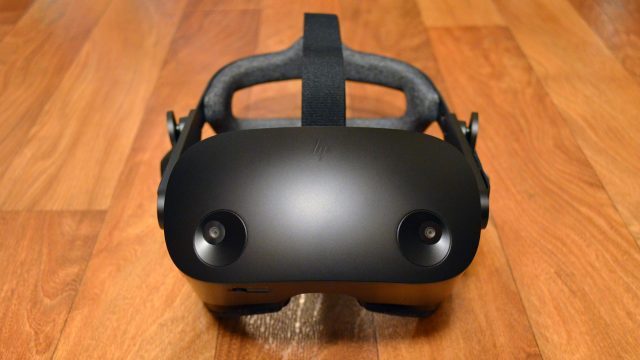
Just like its new controllers, Reverb G2 also brings upgraded tracking to WMR for the first time since the group of headsets launched. While HP says they’re using the same camera sensors as all the other WMR headsets, they’ve now added an additional camera to each side of the headset to provide extra tracking coverage.
Controller Coverage
The extra cameras definitely expand the tracking coverage area and reduce instances of lost controller tracking when you’ve got your arms out to the sides, or when you turn your head to the side with your arms in front of you. Unfortunately there’s still some dead spots which are noticeable from time to time.
In particular, with my arms at my sides and using the controllers to point a virtual laser pointer at a menu (as one does with many VR interactions these days), I found that the controller would occasionally lose tracking while I was doing little more than browsing menus. Normally you might not notice this loss of tracking since the controller is out of your field of view, but if you’re holding anything that extends into your field of view (like a gun, spear, or laser pointer), it becomes apparent.
Granted, since most VR gameplay interactions don’t expect you to hold your hands down at your sides, it’s more of an occasional annoyance than a dealbreaker.
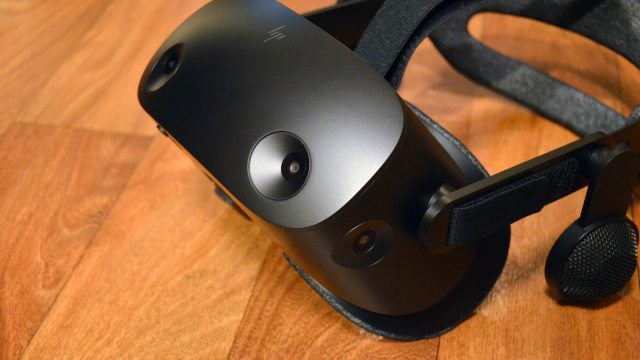
The same kind of deadzone exists above the headset, but since it’s rare to do any interactions where you’d raise your hands above your head without also looking up toward them, I barely noticed the upper deadzone across a dozen or so games I tried with the headset.
In cases where you need to bring your hands close to your face (like using a bow or a two-handed weapon) it will be hit or miss depending upon the particular way you hold your hands. I didn’t have much issue with two-handed weapons in Onward, but I found some bow games (where I had to pull my hand further back) would occasionally lose the rear hand while aiming.
Precision & Latency
From a precision and latency standpoint, Reverb G2’s tracking feels just like what’s typically expected from WMR tracking which is, in a few words, acceptable but not great.
While positional headtracking is consistently solid and responsive, there’s a bit of noticeable rotational latency in the headtracking, though not enough to present any comfort issues. Similarly, positional controller tracking definitely has a bit of extra latency compared to contemporary headsets. Again, not a dealbreaker, but noticeable in fast paced games.
As for precision, the G2’s controllers get the job done, but if you look at them closely you’ll see they twitch and jitter a fair bit more than what we see from Oculus’ Insight tracking or Valve’s SteamVR Tracking. If you’re someone who needs high precision—say, for virtual painting or modeling—you might be bothered by the jitter.
One thing to remember though is that the jitter is largely positional, whereas rotation usually remains on-point. That means that the jitter isn’t likely to throw your aim off too much when using virtual guns. Even when testing a two-handed weapon in Onward with a 12x scope, I didn’t see an appreciable difference in my ability to aim at distant targets with G2’s controllers compared to Index’s controllers.






